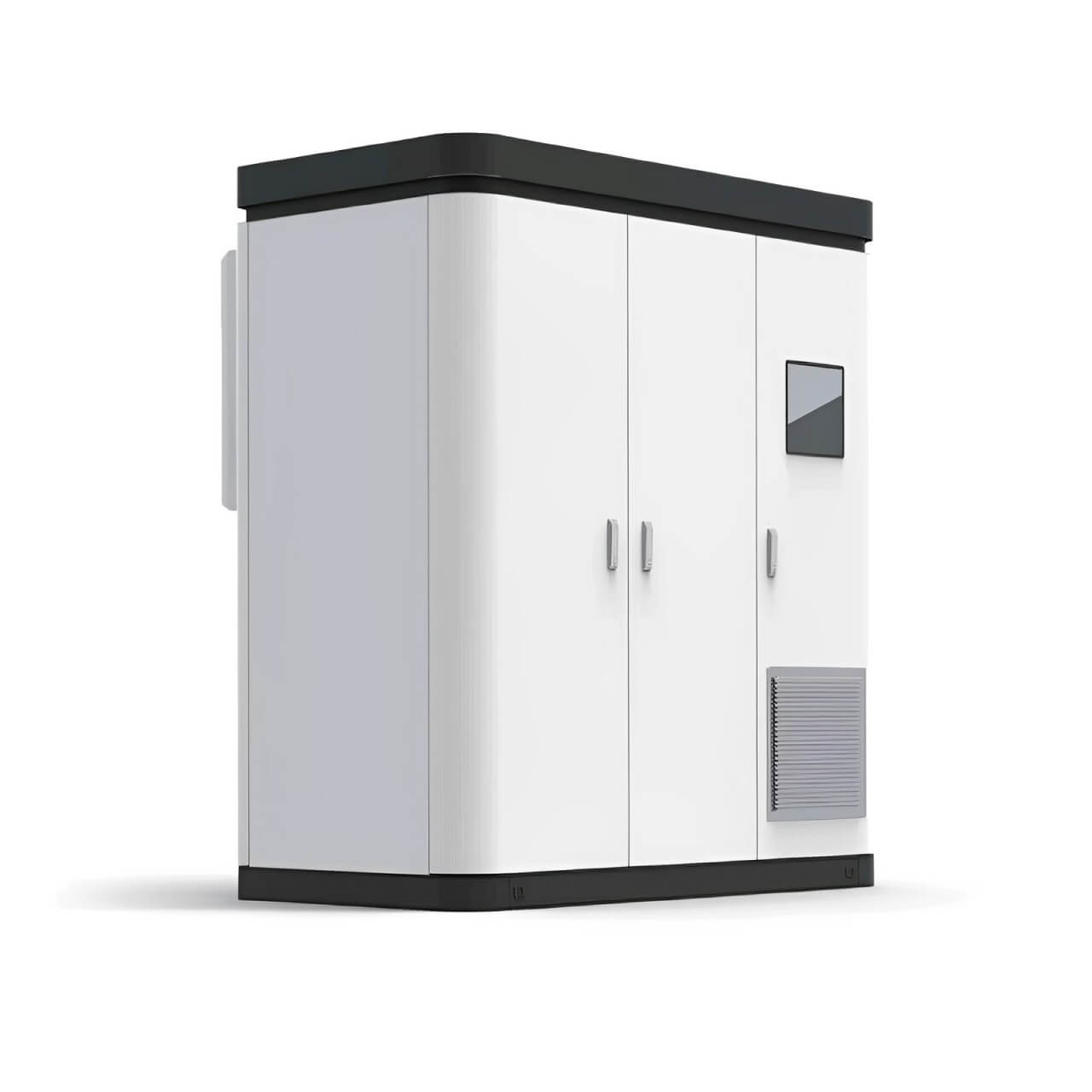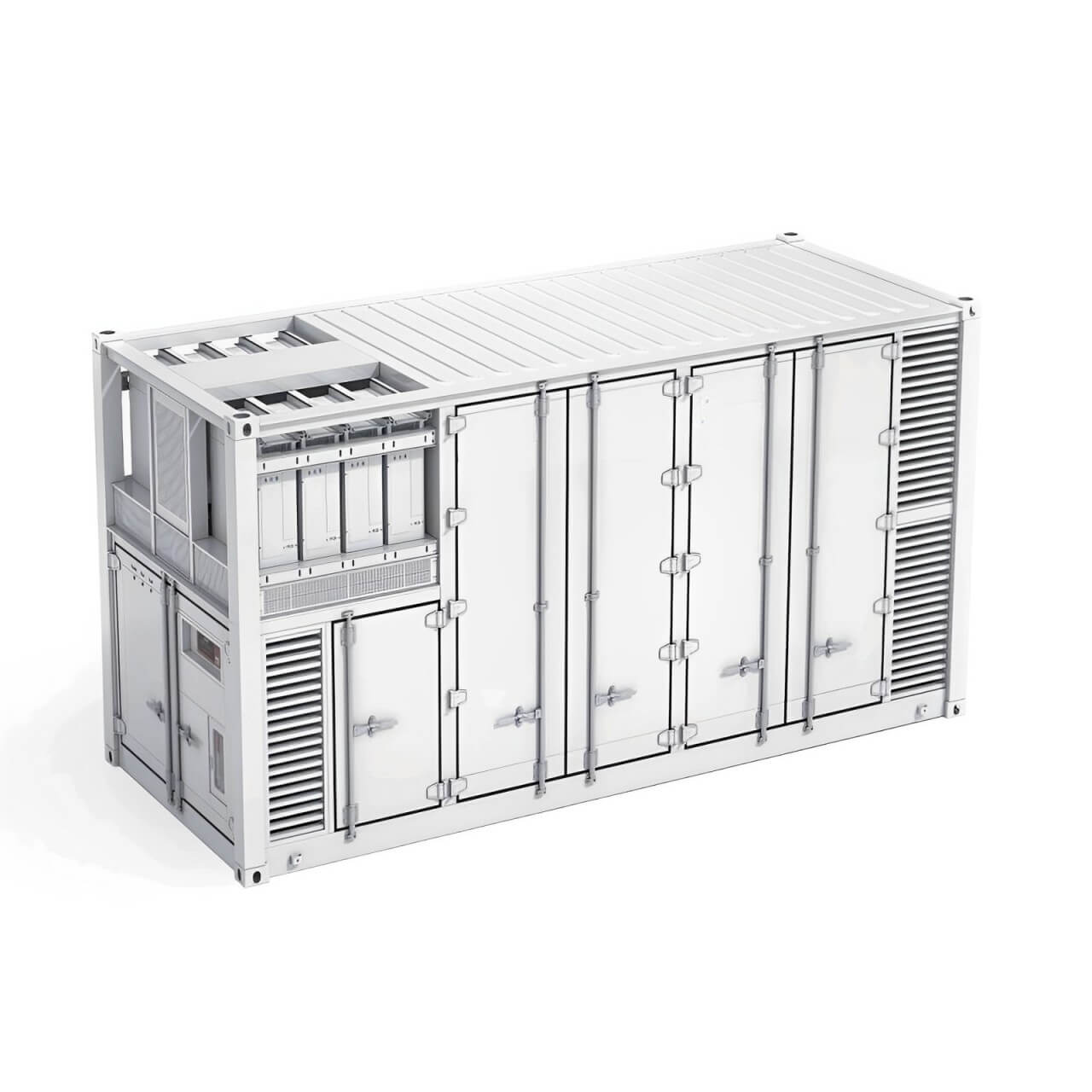Exploring the Working Principle and Future of Sodium-Ion Batteries
The Working Principle of Sodium-Ion Batteries
Sodium-ion batteries (SIBs) operate on the same basic principle as lithium-ion batteries but use sodium ions (Na⁺) instead of lithium ions (Li⁺). In a sodium-ion battery, energy is stored and released through the movement of sodium ons between the anode and cathode during charging and discharging cycles. Sodium's abundance makes it a more sustainable and cost-effective alternative to lithium. The cathode materials often include sodium-based compounds, while the anode typically utilizes hard carbon or other sodium-compatible materials. With comparable electrochemical performance to lithium-ion batteries, SIBs are poised to fill critical gaps in energy storage, particularly for large-scale applications like grid storage.

Advantages and Market Drivers
- Abundance and Cost-Effectiveness: Sodium is significantly more abundant than lithium, reducing concerns about resource scarcity and supply chain disruptions. This positions sodium-ion batteries as a cost-efficient solution for energy storage.
- Sustainability: With a focus on environmentally friendly energy technologies, SIBs offer a greener alternative to lithium-ion batteries due to reduced mining impacts.
Wide Operating Range: Sodium-ion batteries perform well across a broad temperature range, making them ideal for various environments, including remote and high-temperature regions.

Development Prospects in Energy Storage
The global energy storage market is projected to reach $546 billion by 2035, driven by renewable energy adoption. Sodium-ion batteries are expected to play a pivotal role in achieving this growth. Their high scalability and safety standards position them as a strong contender for stationary energy storage systems (ESS), electric vehicles, and backup power. China, as a leading hub for battery technology, has already invested heavily in the research and production of sodium-ion batteries, with key players contributing to the global supply chain.
Learn more about the latest sodium-ion battery developments in China here.

Challenges and Innovations
While sodium-ion batteries have great potential, certain challenges, such as lower energy density compared to lithium-ion batteries, still exist. However, ongoing research in material science aims to improve performance. Innovations such as layered oxide cathodes and advanced anode designs are expected to enhance energy density, cycle life, and charge efficiency.
Why Choose Chinese Sodium-Ion Battery Manufacturers?
China stands at the forefront of sodium-ion battery development, offering cost-effective solutions and cutting-edge technology. Manufacturers in China have made significant strides in ensuring scalable production and developing batteries with longer lifespans and improved safety standards. Companies like CSIT Energy specialize in producing high-quality sodium-ion batteries tailored to diverse applications, contributing to the transition to clean energy worldwide.
Visit CSIT Energy for premium sodium-ion battery solutions. Explore their extensive portfolio here.
Conclusion: A Promising Future for Sodium-Ion Batteries
Sodium-ion batteries represent the next wave of innovation in sustainable energy storage. As renewable energy integration continues to grow globally, sodium-ion technology offers a cost-effective, sustainable, and scalable solution. With advancements in materials and manufacturing, this technology promises to bridge critical gaps in the energy transition.
CSIT Energy is leading the charge in developing and deploying sodium-ion battery solutions. As one of the top sodium-ion battery manufacturers in China, they provide innovative, reliable, and eco-friendly energy solutions for a cleaner and greener future.
To learn more, visit www.csit-energy.com.

 简体中文
简体中文 Russian
Russian French
French German
German Japanese
Japanese Korean
Korean Arabic
Arabic Spanish
Spanish





